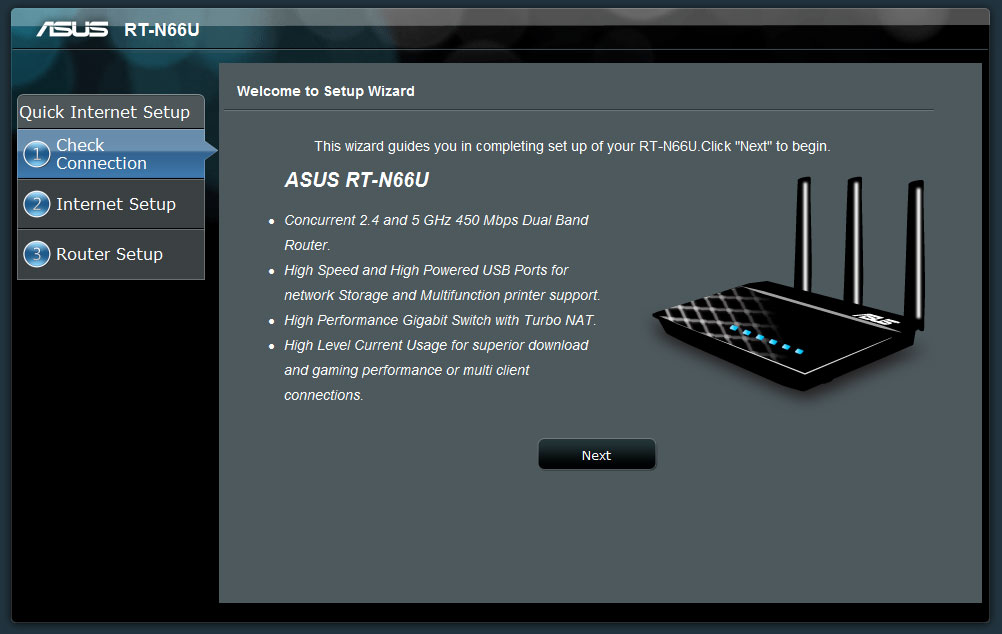

Open peakhour configuration wizard free#
We are free to delete the Azure Virtual Machine and Storage Account. Besides, applying the snapshot from an optimal network stance will improve throughput and reduce initialization duration.Īfter the initialization concludes via this customized snapshot delivery process, we resume normal replication from the on-premises Publisher/Distributor. Moving the snapshot data manually to the cloud and executing it from a virtual machine in the cloud allows us to optimize the upload process by compacting and splitting the snapshot folder contents as needed. We will then execute the distribution agent to deliver the snapshot from the virtual machine on the Azure Cloud. The process includes generating the Transactional Replication Snapshot during off-peak hours to a local snapshot folder on-premises, then compacting and uploading the snapshot to the cloud. We will utilize a customized Transaction Replication strategy that uses a remote snapshot folder and manually controls snapshot creation and delivery.Īfter we manually initialize the subscription, we will resume the continuous replication process, including replicating the execution of stored procedures. Logfile growth depends on factors such as how busy and how extensive the database is. The snapshot files require significant storage space that can, in some instances, be larger than the original database size.Įspecially for large data transfers over the internet, it is recommended to have stable and faster internet connectivity.Ĭhoose an Azure solution for data transfer | Microsoft DocsĬaution about the source database's transaction log size as the log file grows until we start the Distribution Agent and complete applying the snapshot on the target. However, it is advisable to create publications during periods of lower activity on the Publisher. The source database is accessible to users during the creation of the publication and the initial snapshot. This document will describe a workaround for tables without primary keys. If a table is in a transactional replication publication, you cannot disable any indexes associated with primary key columns. Tables published for transactional replication must have a primary key.
Open peakhour configuration wizard how to#
This blog will discuss how to utilize SQL Server Transactional replication to migrate an extensive (5-10 TB) database to the cloud over a standard internet link from an On-Premises source location to the Azure cloud. There are heterogeneous sources involved, and the target database must accept updates while data is still migrating. SQL Replication can be used as a viable tool for some migration scenarios, especially when there is a need to move transactions from the source database to the target continuously.

Transactional replication is typically used in server-to-server scenarios that require high throughput, including improving scalability and availability, data warehousing and reporting, integrating data from multiple sites, integrating heterogeneous data, and offloading batch processing. Replication is a set of technologies for copying and distributing data and database objects from one database to another and then synchronizing between databases to maintain consistency.


 0 kommentar(er)
0 kommentar(er)
